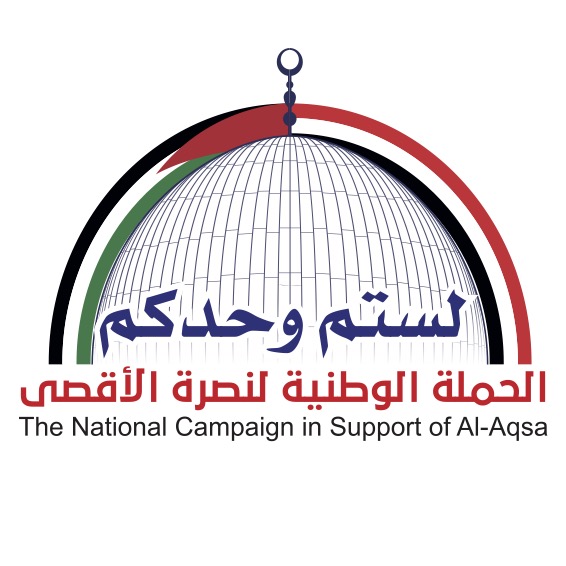SANAA, July 4 (Saba) – The escalation of the conflict since March 2015 has dramatically aggravated the protection crisis in which millions face risks to their safety and basic rights.
Yemen is described as the world's worst crisis. After four years of catastrophic conflict, millions of Yemenis are just one step away from famine. Without life-saving aid in the coming months, thousands of lives are at risk due to ongoing violence and lack of access to food and medicine.
In 2019, Humanitarian Needs Overview for Yemen , shows that 14.3 million people are classified as being in acute need, with around 3.2 million requiring treatment for acute malnutrition; that includes two million children under-five, and more than one million pregnant and lactating women.
Four years into the conflict, the scale of destruction in Yemen has reached unprecedented levels: conservative estimates show that at least 17,700 people have died as a direct result of the violence. Many more people may have died from hunger and diseases.
The Armed Conflict Location & Event Data Project (ACLED) recorded over 30,000 deaths in Yemen last year stemming directly from the conflict — an increase of more than 82 per cent in total reported fatalities from 2017.
Highlighting that more than 20 million people across the country are food insecure, half of them suffering extreme levels of hunger, the report focuses on some key humanitarian issues: basic survival needs, protection of civilians and livelihoods and essential basic services.
The UN agency data shows that a total of 17.8 million people lack access to safe water and sanitation, and 19.7 million lack access to adequate healthcare. Poor sanitation and waterborne diseases, including cholera, left hundreds of thousands of people ill last year.
During the past four years of intense war have left tens of thousands dead and injured including at least 18,700 civilians as verified by the UN.
The agency adds that an estimated 3.3 million people remain displaced, up from 2.2 million last year, including 685,000 people who fled fighting in Hudaydah and on the west coast, from June onwards. According to the UN Refugee Agency (UNHCR), the number of sites hosting displaced people has increased .
Every day Yemeni civilians continue to be killed and injured in their homes, cars, buses, farms and markets. Houses, schools, hospitals and water tanks continue to be destroyed and damaged by air strikes inflicting the most damage.
The Yemen Data Project has reported that while the overall number of air attacks decreased during 2018, the proportion of those attacks striking civilian targets rose, while attacks on military targets fell. They report that of the 3,362 air raids in Yemen in 2018, 420 of these air raids hit residential areas.
On average, it is estimated that 600 civilian structures, are damaged or destroyed every month.
Meanwhile, grain which could help feed millions, is still at risk of rotting in a key Red Sea storage facility because conditions are too unsafe to reach it, UN Special Envoy Martin Griffiths and UN Emergency relief chief Mark Lowcock said earlier.
Before the escalation of the war in Yemen, the country imported 90 per cent of its staple food and nearly all its fuel and medicine. After the war escalated in March 2015, border crossings, airports and harbours have been closed intermittently.
In November 2018, the Saudi and UAE led Coalition completely shut down Hodeidah port for one month further exacerbating the humanitarian crisis. Today, the Coalition continues to impose restrictions on commercial goods, fuel, food and medicine coming in to the country. These restrictions have contributed to pushing up the price of essential goods and have created a shortage in medicines and fuel coming in to the country. Sana’a airport remains closed to domestic and international flights preventing Yemenis from getting treatment for life threatening medical conditions abroad.
Staple food items are now on average 150 per cent higher than before the crisis escalated. A combination of factors such the use of blockade, restrictions on commercial goods, the collapse of the economy and public services, coupled with disruptions to livelihoods and economic activities, with 600,000 jobs lost and with teachers, health workers and civil servants in the northern parts of the country not being paid for years is deepening the needs in Yemen and pushing millions of Yemenis to the brink of famine.
Close to 240,000 people are already living in famine like conditions in some locations. Hunger is most severe in the areas where there is fighting.
Food insecurity is most severe in areas with active fighting and is particularly affecting IDPs and host communities, marginalized groups, fishing communities and landless wage labourers.
Millions of Yemenis are hungrier, sicker and more vulnerable than a year ago, pushing an ever-greater number of people in to seeking humanitarian assistance to survive.
Of the country’s 29 million inhabitants, 24 million people need some form of humanitarian or protection assistance, including 14.3 million who are in acute need. Severity of needs is deepening, with the number of people in acute need is a staggering 27 per cent higher than last year.
The country’s geography and conflict dynamics restrict the options of people trying to flee abroad, people are penned in by the ocean and the desert, with only Saudi Arabia, and Oman as direct neighbours, Yemen is surrounded by extensive and highly insecure terrain to the east, its neighbouring countries are reachable only via a perilous sea journey to the south. The country’s main airport has also been closed to civilian traffic since August 2016.
Because of collapsing public institutions, people’s access to essential services such as water, sanitation, health care and education has been further constrained. Only 50 per cent of the total health facilities are functioning, and even these face severe shortages in medicines, equipment, and staff.
Humanitarian aid is increasingly becoming the only lifeline for millions of Yemenis.
The war has led to inflation, unemployment and lack of salary payments, as well as an acute shortage of fuel, food and medicine. More than 81 per cent of Yemenis now live below the poverty line, without access to clean water or adequate sanitation.
Very few Yemenis have any source of income, meaning many can’t cope with the price hikes. At least half a million civil servants have received no salaries for nearly four years. Since 2015, the economy has shrunk by half.
As many as 4.3 million people have been displaced during the conflict, including approximately 3.3 million people who remain displaced, and about 60 per cent have been displaced since the conflict escalated four years ago.
Collapse in the public sector is increasingly pressuring humanitarian organizations to compensate for the absence of government spending, which goes beyond their mandate and capacity to respond.
Lack of wages and medication has led to the collapse of public health services, and few can afford private health services. Lack of vaccines and medicine has caused many, especially children, to die from easily treated diseases. A Cholera outbreak that began in 2016 is still affecting the country. More than 1.4 million people are believed to have been infected, and over 2,870 have died since April 2017 to end of 2018.
Written by Mona Zaid
Saba

| more of (International) |



